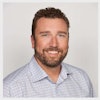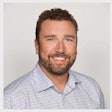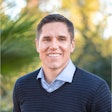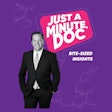
About 7% of dentists in the U.S. are now affiliated with a dental service/support organization (DSO), according to new data from the ADA's Health Policy Institute (HPI). However, that percentage almost doubles for younger dentists under the age of 35.
At a March 6 webinar discussing the data, representatives from the ADA, a DSO, and an imaging company said that an increase in new dental school graduates combined with older dentists retiring may be contributing to DSO growth, which doesn't appear to be slowing down anytime soon.
"The DSO environment ... is a way that's less stressful to learn how to manage a dental practice, learn how to work through the clinical aspects that you still need to get up to speed with, and, at the same time bring, down student debt, so you can make choices," said Dave Preble, DDS, JD, vice president of the ADA Practice Institute, during the webinar.
In addition to Dr. Preble, the other panelists were Stephen Thorne, president and CEO of Pacific Dental Services, and Dmitry Edelchik, director of marketing for Planmeca USA. Marko Vujicic, chief economist and vice president of the Health Policy Institute, served as the webinar moderator.
Student debt as a DSO driver
After noticing the steady decline of solo practices and the rise of DSOs, Vujicic named practice consolidation as one of the major trends affecting dentistry. However, until compiling this new batch of data, the Health Policy Institute didn't have a way to measure how many dentists were affiliated with DSOs.
To come up with the numbers, the HPI researchers used the location data they have for ADA member dentists, including practice addresses. They then cross-referenced the addresses with those on file for companies that are members of the Association of Dental Support Organizations (ADSO). They also cross-referenced practices that were a part of American Dental Partners, Kool Smiles, and Western Dental, which were not ADSO member organizations in 2015, when the HPI team did the analysis.
The HPI data revealed a sharp age gradient for dentists affiliated with DSOs. About 16% of dentists younger than age 35 participate in a DSO, more than six times the percentage of dentists age 65 and older.
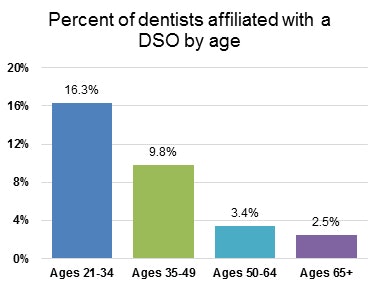
The panelists were in agreement that student debt is one of the biggest drivers pushing young dentists into DSOs, since borrowing money to start up a practice may be daunting or unreasonable for many new and recent graduates. However, they also noted that many dentists choose to leave DSOs as they get older.
"We're seeing some dentists who go into that model, and like it and stay with it ... but we're also seeing plenty of dentists work within that environment for a brief period of time and then move out," Dr. Preble said.
The HPI also found that more women (10%) than men (6%) chose to practice in the dental service organization model, and pediatric dentists (8%) and general dentists (8%) were the most likely specialties to be affiliated with a DSO.
The changing role of the ADA
Vujicic explained that the institute ran into several problems when trying to compile the data. For instance, Vujicic and colleagues' definition of a dental service organization excluded some larger dentist-owned, dentist-managed groups, such as Park Dental. As a result, he believes the numbers are lower than they are in reality.
“It's essential ... to figure out how we can provide value to these different cohorts of dentists.”
"This is not perfect, nor do we think this is anywhere close to perfect. That wasn't our goal," he said. "We had to have something that was reasonable, and, more importantly, something that we could track over time."
For Dr. Preble, even the imperfect information was a good start for seeing how the ADA can serve this new generation of dentists. He also noted that may mean the association needs to change how things are done.
"For us, it's essential to our life as an association that we try to figure out how we can provide value to these different cohorts of dentists," he said. "They're going to have different needs in their career -- if they move out of that model, or if they choose to stay part of that model -- than those who practice in solo or small groups."
